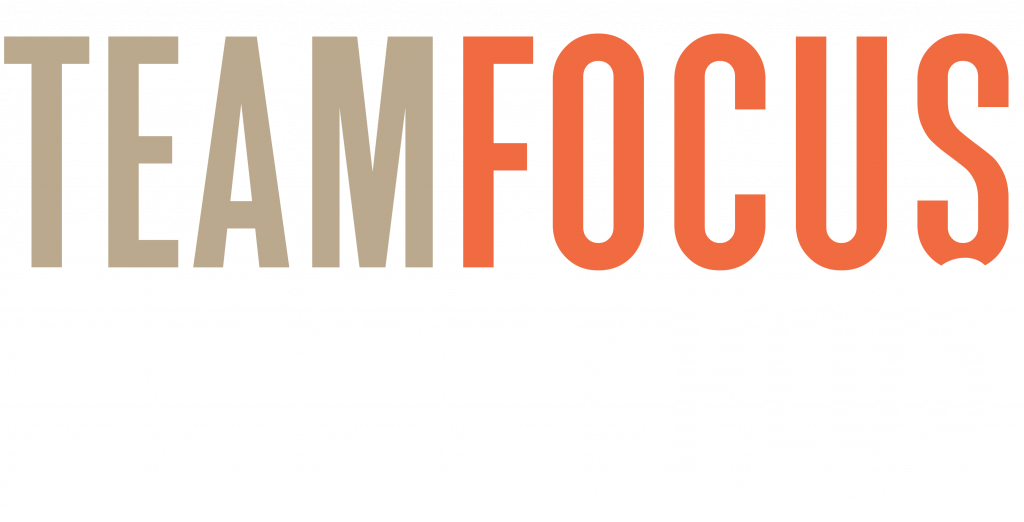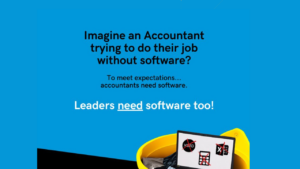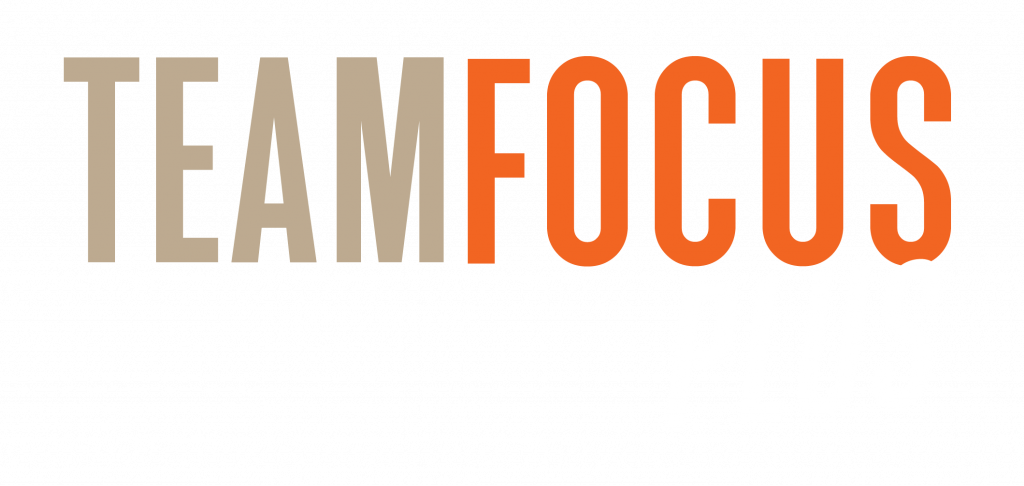Due to the COVID-19 pandemic in the last few years, many companies relocated operations. Collaboration and communication have been challenging endeavours, as professionals cannot be physically present during the development of a project.
Thankfully, it is still possible to accomplish work efficiently if your organisation has a robust project management system. If you are still looking to optimise your company workflow, you may want to try a task board. It is one of the most effective tools for managing employees remotely.
Your team can easily monitor project progress using a task board, meet deadlines, increase overall productivity, and deliver better results. Read on to learn more about what a task board is and how it can benefit your organisation.
What Is a Task Board?
Task boards are visual aids designed to help you plan for projects and keep tabs on them from start to finish. Your team can track workflows, delegate tasks, and visualise project completion. It ensures you are working on the right job at the right time.
When used correctly, this tool can provide your team with a space to review current tasks, discuss plans for future action, and assess what needs to be improved. Whether it is for small or large-scale projects, anyone can use this board.
Indeed, digital task boards are the ideal tools for remote work. They are easy to access and edit no matter the location, provided an internet connection is available. Unlike physical boards, they can store an unlimited amount of data.
However, simply using a task board is not enough to enhance your efficiency and performance. You will also need to ensure that you are managing it correctly to achieve the best results. To learn more, below are a few practices that can help you make the most out of this powerful tool:
Apply Kanban Components
Most task boards designed are for use with the Kanban method. This method allows you to break down tasks into manageable chunks, prevent bottlenecks, and monitor progress. To help you get started, below are some essential Kanban elements that should be part of your task board:
Cards
Your board should include visual elements that represent your tasks—they are referred to as “cards” in the Kanban method. Every card should display all the task details, such as where it is currently at in the timeline, when it is due, who is taking care of it, what needs completing, and the like. Team members and stakeholders have a well presented overview of project requirements when using cards.
Columns
A task board divided into labelled columns which represent team workflow. Tasks are then organised and moved across these columns based on which stage of the work process. It allows your team to view the “flow” of a project on a visual level.
How you label the columns will ultimately depend on the needs of your team. For example, you can create a “Backlog” column for future tasks that are not ready to be executed. Then you can label another column as “In Progress” for current tasks and another as “Completed” for finished tasks.
Swimlanes
Swimlanes are horizontal divisions used to separate tasks into groups. While columns divide your workflow into different stages, swimlanes can represent any category. You can group your tasks by priority, team, type of work, product development, and similar categories.
Work-In-Progress (WIP) Limits
WIP limits indicate the maximum number of cards placed into a column or workflow. It encourages your team to complete current tasks before moving on to new ones. By pointing out bottlenecks in the workflow, this feature helps keep it manageable while promoting efficiency.
Use Colour Coding
Most digital task boards let you apply colour coding to your tasks. You can make the most out of this feature to further streamline your operations. If you set up a colour coding system, your team can quickly determine pertinent details about a task at a single glance.
For example, you can use specific colours to indicate task status. Orange might mean that a task is in progress, while green might show it is ready for the client or customer to review.
Prioritise Tasks
It is hard to accomplish work when you have too much going on. Fortunately, proper project prioritisation can ensure that team efforts focus on the right tasks.
To keep your team on the right track, prioritise tasks according to their urgency and importance. As mentioned in the previous section, you can use swimlanes to divide tasks by priority level, like “low priority,” “normal priority,” and “top priority.”
Make Regular Updates
Make sure that your team regularly updates your task board. A task board that is not up to date is an ineffective one. Whether it is changing the status of each task or elaborating on specific requirements due to a revision request, do be sure to make changes whenever necessary.
Working remotely, could be confusing or complicated. But with a task board, your team can stay organised and efficient. By following the tips above, you can create an effective system that will help you tackle even the most complex projects.
If you want to know more, call us on 1300 551 274, or send an email to team@teamfocusplus.com. We look forward to hearing from you.






